Over the last 20 years numerous business and management authors have identified awareness as a key success factor for leaders. One way to broaden your awareness uses a 4Quadrant approach to frame your perspective, thinking, behavior, decisions, and actions. Unlike the BCG 2×2 matrix, these four quadrants metaphorically capture the four topographies of an organization: ME, WE, CULTURE, COMMUNITY.
ME
In this quadrant everything is personal and subjective. ME is the place from which we all act, perceiving the moment, interpreting it, turning it into the Ladder of Inference that produces our behaviors. Leadership awareness begins with you, in the form of mindfulness, presence, and getting on the balcony to observe your actions and interactions. ME is also the quadrant where you become aware of others as individuals – seeing them in the moment and not disguised by past behaviors, accomplishments, or titles.
Self-awareness creates emotional clarity and understanding of the root cause of our actions, decisions, and behaviors – the story behind the story of our most common behaviors. Few of us are completely “present” to our emotions and feelings, so starting with ME grounds us and places us in the situation at this moment (space and time), preparing us to consider the other three quadrants before we act. With Self-Awareness we can also develop our Self-Discipline and Self-Direction.
WE
Awareness of the team or group dynamic is the second quadrant and this is often the focus of leadership development. Leading from WE builds organizational capacity, connecting people by creating cohesion between groups and leveraging the strengths and interpersonal relationships within the group. In this quadrant, leaders actively and intentionally generate individual and organizational learning.
The foundation of this quadrant is conversation. Awareness in the WE Quadrant begins with identifying what kind of conversation you are having. Is it a discussion, focused on accountability, tasks, and right action? Is it a dialectic, identifying the creative tension of thesis and anti-thesis and forging the way to synthesis? Is it dialog, inquiry that builds on reflection and takes into account imagination and mystery? From conversation, leaders shape internal and external cooperation and collaboration to become competitive advantage.
CULTURE
Culture is a leader’s silent partner and either a powerful ally or covert opponent. When you leave the room culture remains to direct the actions and behaviors of others. Culture is the context in which you lead your organization, the fabric of every work day. It defines organizational values and beliefs, meaning and sense-making, and sets the boundaries of Us/Them, In/Out, Authority/Force. Culture holds the organizational narrative, the stories we tell about ourselves. In this way it creates “the context in which the truth may be perceived as the truth1.” When you admonish a key contributor to: “Go ahead, take a risk. Stretch until you get your hand slapped.” culture determines if they believe you.
By becoming aware of this quadrant you are able to sculpt culture as you go through your day. What should be amplified or reinforced in this situation? What should be dampened? Is this behavior enabling or restricting? The CULTURE Quadrant is where leaders of leaders have their greatest impact. Here is where you develop the leadership of others and create organizational identity.
COMMUNITY
Awareness in this quadrant operates on the enterprise level, the interface between the company and society (local, regional, or global). The first step in understanding this quadrant is to define the system of which you are a part. We commonly see the organizational system as composed of its internal parts and external partners, but companies are also parts of a larger whole. How are your actions impacting the whole? How does your enterprise contribute to the functioning of the greater good?
Being aware in the COMMUNITY Quadrant is less about politics and power and more about purpose and interdependence. In this quadrant leaders expand their networks, tap into internal and external Communities of Practice, and take advantage of weak links to grow their organization from the outside in. Are we aligned to purpose, ours and a higher systemic purpose (for example: sustainable markets, balanced growth and resource management, health and well-being on a societal or global level)? At this level leaders are confronted with the dilemmas of doing business in an increasingly interdependent world, one where subprime lending practices can stop ships from sailing and US employment is driven by a European financial crisis and an earthquake half way around the world.
It takes seconds at act habitually, but we may have to live with the results for months or years. Take a breath…consider the 4Quadrants, and then act.
1 – Harrison Owen, The Power of Spirit, How Organizations Transform. Pp. 162
 Sections of this topic
Sections of this topic

















